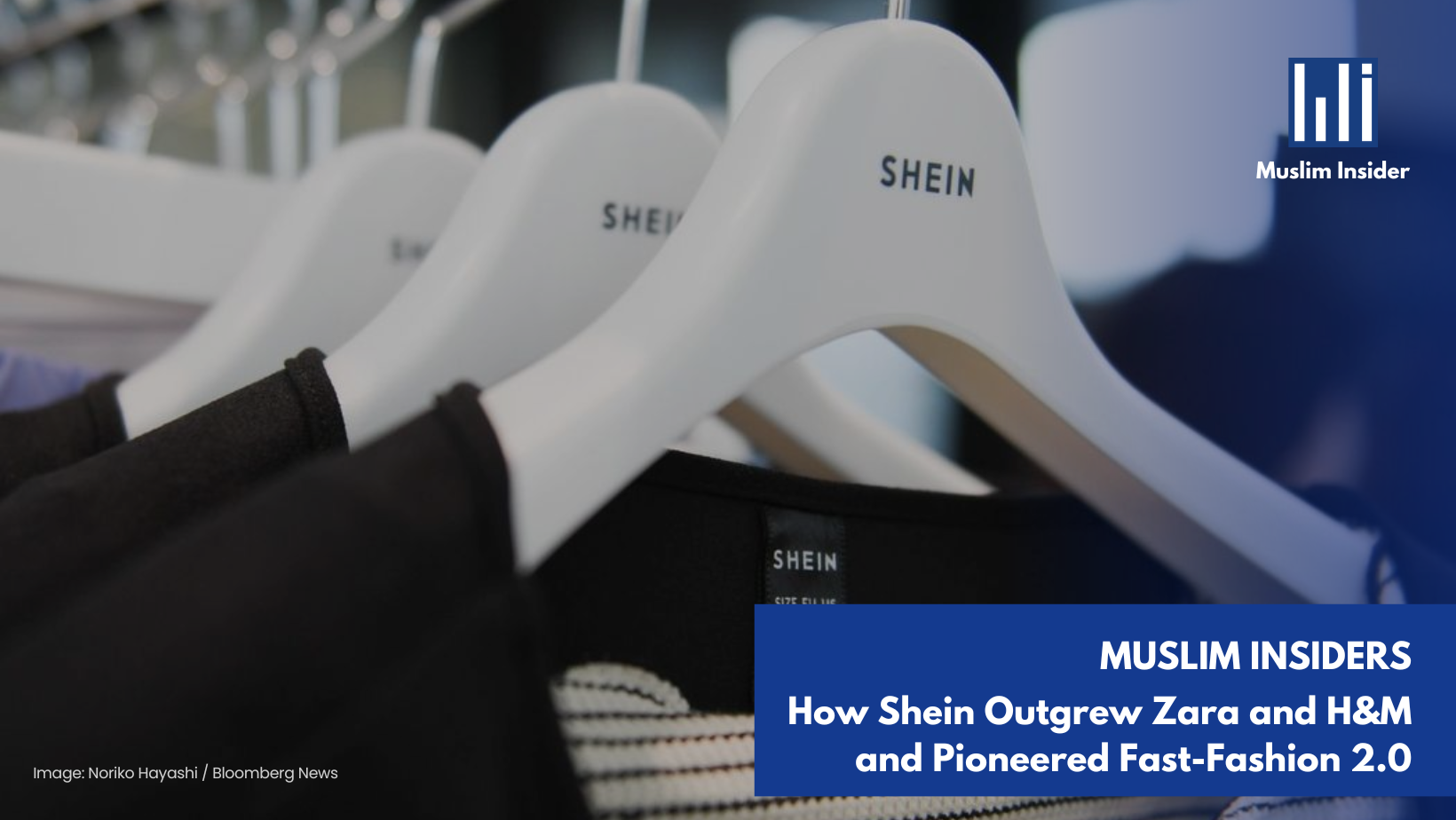
The current market leader, Shein, has outshined the fast-fashion giants, Zara and H&M. Shein, which has an outstanding valuation and is ready for an imminent initial public offering (IPO), reported over US$23 billion in global revenue in 2022, accounting for nearly one-fifth of the global fast-fashion market. Shein’s attractiveness comes from its low-priced items, such as $5 T-shirts and $10 sweaters, which attract buyers who would otherwise go to clothing discount retailers.
“Shein’s actual strength is acknowledging that they have no idea what you want to wear,” says Ms. Rui Ma, an analyst and founder of the newsletter Tech Buzz China. “What they have confidence in is their ability to ramp up production very quickly.”
For Inditex and H&M, Shein has emerged as a significant competitor in the affordable clothing and accessories market. Deutsche Bank analyst Adam Cochrane downgraded both companies to a “sell” rating, citing challenges like price deflation and pressure from Shein.

While Shein has been accused of stealing designs, its main approach is to leverage a network of China-based vendors. Shein is able to operate differently than traditional fast-fashion businesses such as Zara and H&M due to its unique supply network. Shein, unlike the latter, does not rely on predicting future trends; instead, it uses a flexible supply chain that accepts small initial orders and scales up based on demand.
While Shein’s lightning-fast production cycle has resulted in plagiarism charges, it has also resulted in a significantly different business model. According to a 2022 study, Shein gets orders within five to seven days and can dispatch products directly to consumers via air freight. This direct-to-consumer model gives Shein an advantage over conventional retailers, who must ship clothing globally and manage stocked locations.
Despite Shein’s success, Zara’s delivery speed remains a competitive advantage as the company attempts to maximize consumer satisfaction while minimizing returns. Zara and H&M introduced 40,000 and 23,000 new items to the US market, respectively, from November 2022 to November 2023, whereas Shein debuted a startling 1.5 million products during the same period—37 times more than Zara and 65 times more than H&M.
While both Inditex and H&M work with Chinese suppliers, they also have significant production bases in other countries, in contrast to Shein’s current import records, which reveal that the majority of products come from China.—Reuters




